Ever feel like a stubborn knot is living rent-free in your neck—especially on the left side? You’re not imagining it. Whether it’s a post-sleep crick, a sharp zap when checking your blind spot, or a nagging throb that just won’t quit, left-sided neck pain is more common than you think. But is it a muscle strain, a pinched nerve, or something more serious? In this article, you’ll find out what your pain is really trying to tell you, how to decode its signals, and when it’s time to quit DIY remedies and call the pros.
Generational Sick-Leaves Due to Neck/Back Pain (USA Survey)
The chart compares the percentage of employees from different generations in the U.S. who skip work due to neck or back pain. Gen Z reports the highest rate, followed by Millennials, while Gen X and Baby Boomers show relatively lower absence rates.
Common Causes of Left Side Neck Pain
1. Muscle Strain or Tension
This is the top culprit and usually results from everyday habits—think slouching over a laptop or twisting your neck in your sleep. Symptoms include dull aching, tightness, or spasms on the left side of the neck. It may hurt more when you move or touch the area. While not typically dangerous, ignoring it can lead to chronic discomfort. Think of your neck muscles like rubber bands—overstretch them repeatedly, and they lose flexibility ⧉.
2. Cervical Herniated Disc
This occurs when a spinal disc—a cushion between vertebrae—ruptures or bulges out, putting pressure on a nearby nerve. It’s like pressing on a live wire. You may feel sharp, radiating pain from the neck to the shoulder, arm, or even fingertips. Numbness or tingling might follow. This condition can develop from sudden trauma or gradual wear and tear. Left untreated, it can worsen and limit mobility ⧉.
3. Cervical Spondylosis
Essentially arthritis of the neck, this condition involves the slow degeneration of discs and joints over time. Imagine an old hinge creaking with rust—same idea. It’s common in adults over 50 and may cause neck stiffness, grinding sounds when turning your head, and reduced flexibility. Though usually not life-threatening, it can cause significant discomfort and may pinch nerves if severe ⧉.
4. Pinched Nerve
When a nerve in your neck is compressed by a herniated disc, bone spur, or inflammation, it protests—loudly. Expect sharp, shooting pain, numbness, or muscle weakness, often extending to the shoulder or arm. It’s like a traffic jam in your nerve pathways. The longer a pinched nerve is left unaddressed, the greater the risk of long-term nerve damage ⧉.
5. Lymph Node Swelling
Lymph nodes act like military checkpoints, filtering harmful substances. When they detect an infection—such as a cold, throat infection, or even dental issue—they swell up. This can cause tenderness or soreness on one side of the neck. While usually harmless and temporary, persistent swelling may require medical evaluation to rule out more serious conditions like lymphoma ⧉.
6. Referred Pain from Internal Organs
Sometimes, pain in the neck has nothing to do with the neck itself. Conditions like heart attacks or GERD can cause referred pain—a deceptive symptom where the pain shows up far from its source. For example, heart-related neck pain may be accompanied by chest discomfort or shortness of breath. This type of pain is rare but potentially dangerous and always warrants urgent evaluation ⧉.
💼 Professions That Often Cause Neck Pain
- 💻 Office Workers / Coders
📌 Sitting all day, screen tilt, poor ergonomics
🔹 Risk: 42–63% develop neck pain - 🚚 Drivers & Delivery Professionals
📌 Long hours, vibrations, head turned over shoulder
🔹 Often leads to stiffness and left-side ache - 🔧 Manual Laborers / Construction Trades
📌 Repetitive overhead lifting, neck strain
🔹 Muscle injuries and cervicogenic headaches - ✂️ Hairdressers & Baristas
📌 Head tilted, awkward angles held long
🔹 Higher risk of one-sided neck and shoulder pain - 📦 Healthcare & Support Staff
📌 Lifting, bending, unpredictable shifts
🔹 Strain and tension headaches frequent
Source: iytmed.com
Real-Life Case
A 47-year-old man from Des Moines, Iowa, noticed a stabbing pain on the left side of his neck after repainting his garage ceiling. After a week of worsening symptoms, he was diagnosed with a cervical disc herniation at C5-C6 and treated with physical therapy and oral steroids. He’s now back to his DIY projects—this time with better posture.
Age Groups and Prevalence of Neck Pain (Global, per 100,000)
| Age Group | Prevalence |
|---|---|
| 10–24 years | 31,625 per 100,000 |
| 25–44 years | 69,189 per 100,000 |
| 45–74 years | 2,890 per 100,000 (age-standardised) |
This chart shows how the prevalence of neck pain varies globally across different adult age groups. The 25–44 age group shows the highest rates, while prevalence is significantly lower for older adults when adjusted for age-standardised values.
Diagnostic Approaches
Physical Examination
This is the starting point in diagnosing neck pain. The doctor checks for posture, range of motion, muscle tightness, and any neurological symptoms (like tingling or weakness). It’s a hands-on, non-invasive exam done in-office. No preparation needed, and results are immediate.
- Effectiveness: 5/10
- Cost: $100–$200 (USD)
MRI Scan
MRI is a non-invasive imaging test that uses a magnetic field and radio waves to create high-resolution images of the cervical spine, discs, and nerves. It helps detect herniated discs, nerve compression, or spinal tumors. Patients must lie still in a tunnel-like scanner for 20–45 minutes. Some may need contrast dye. No major prep required, unless specified. Results are usually available within 24–48 hours.
- Effectiveness: 9/10
- Cost: $1,000–$5,000 (USD) ⧉
X-ray
X-rays capture images of the bones in the neck, helping spot fractures, arthritis, or misalignment. The procedure takes about 10–15 minutes and involves minimal radiation. Patients may be asked to stand, sit, or lie in different positions. No prep is needed, and results are often ready the same day.
- Effectiveness: 6/10
- Cost: $200–$500 (USD)
Electromyography (EMG)
EMG evaluates the electrical activity of muscles to determine if nerve roots are pinched or damaged. It involves inserting fine needles into muscles and attaching electrodes to the skin. While mildly uncomfortable, it’s generally safe. No specific prep is required, but avoid caffeine on the test day. The test takes 30–60 minutes, and results are usually available within a few days.
- Effectiveness: 8/10
- Cost: $300–$1,500 (USD)
Treatment Options
Home Remedies
These approaches are often the first line of defense and can be done safely at home:
- Ice therapy: Apply for 15–20 minutes every few hours during the first 48 hours to reduce inflammation.
- Heat therapy: Increases blood flow and helps ease stiffness.
- NSAIDs: Use over-the-counter options like Advil (ibuprofen) or Aleve (naproxen sodium) to manage pain.
- Gentle stretching: Slowly stretch the neck, holding each stretch for 10–30 seconds without bouncing.
- Effectiveness: 5/10
- Cost: Under $50 (USD) total
Medical Interventions
These are typically prescribed after a clinical evaluation:
- Muscle relaxants: Cyclobenzaprine (Flexeril), methocarbamol (Robaxin)
- Oral steroids: Prednisone for reducing inflammation
- Physical therapy: Manual therapy, posture training, and exercises over 6–12 sessions
- Trigger point injections: Anesthetic or corticosteroid injections into muscle knots, done outpatient
- Cervical traction devices: Saunders Cervical Traction System to gently stretch the neck and relieve pressure
- Effectiveness: 7/10
- Cost: $100–$1,500 (USD), depending on treatment type
Advanced Treatments
Used when conservative treatments are ineffective:
- Epidural steroid injections: Corticosteroids administered into the epidural space under fluoroscopic guidance
- Radiofrequency ablation: Uses heat to target and disable pain-conducting nerves, lasting 6–12 months
- Surgery: Discectomy or spinal fusion in severe cases of nerve compression or instability; involves hospital stay and several weeks of recovery
- Effectiveness: 8–9/10
- Cost: $2,000–$50,000 (USD), depending on the procedure ⧉
When to See a Doctor
If pain persists for more than a week, radiates down your arm, or is accompanied by symptoms like numbness or fever, it’s time to get professional help. If symptoms last longer than 7–10 days, increase in intensity, or begin interfering with your sleep or daily tasks, they may indicate a more serious underlying condition. Mild discomfort after poor posture or awkward sleep typically resolves within a few days—so there’s no need to panic prematurely if the pain is minor and short-lived. Waiting it out isn’t always wise—especially when nerves are involved.
Tips from the Editorial Desk
Reyus Mammadli, medical consultant, recommends not ignoring minor aches that reappear regularly. “What seems like a small strain today might be your body waving a red flag for something deeper,” he warns. He also stresses the importance of ergonomic workspaces and regular movement breaks.
Here’s a quick-reference table to pinpoint possible causes:
| Symptom | Possible Cause | What to Do |
|---|---|---|
| Sharp pain when turning head left | Muscle strain or disc issue | Try heat/ice, then see a doctor |
| Stiffness and grinding sounds | Cervical spondylosis | Get X-ray and follow up care |
| Pain with swollen nodes | Infection or inflammation | See a primary care physician |
| Radiating arm pain or numbness | Pinched nerve | Request MRI and neurologic exam |
Editorial Advice
Neck pain on the left side might feel like “just a kink,” but it’s often more layered than that. Whether it’s bad posture or something more complex like a herniated disc, your neck is too important to ignore. As Reyus Mammadli points out, “Your neck holds up your world—literally and figuratively.”
So, sit straighter, take screen breaks, and don’t underestimate the power of a proper pillow. Because sometimes, relief is just one lifestyle tweak away.
Sex Differences in Global Neck Pain (per 100,000)
The chart illustrates the global prevalence of neck pain by sex, highlighting that females experience higher rates than males. These differences are significant and consistent across populations.

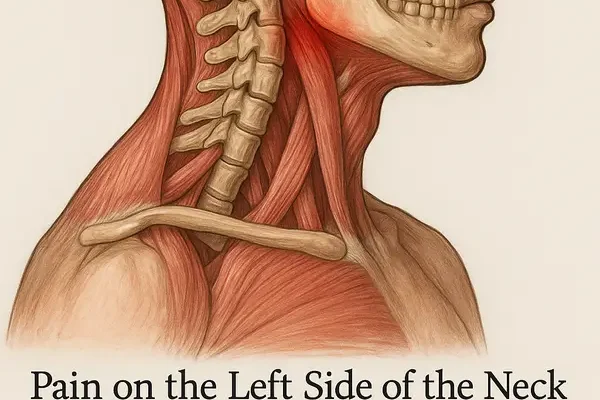
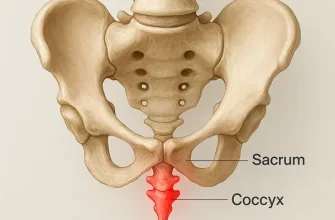
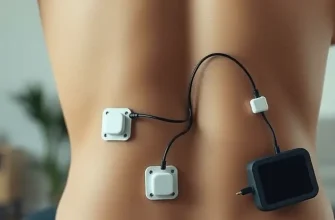
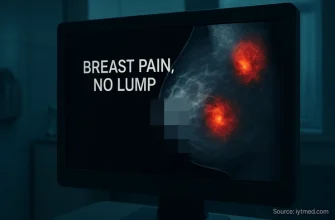

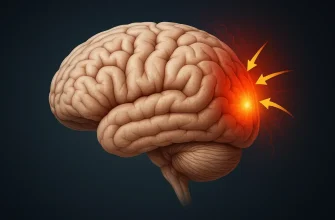


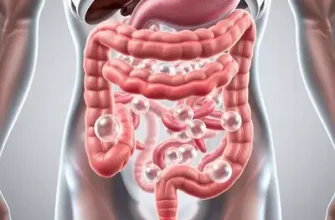
Im having pain in my left neck no swelling. Hurts to cough and my ear hurts and haveing headaches